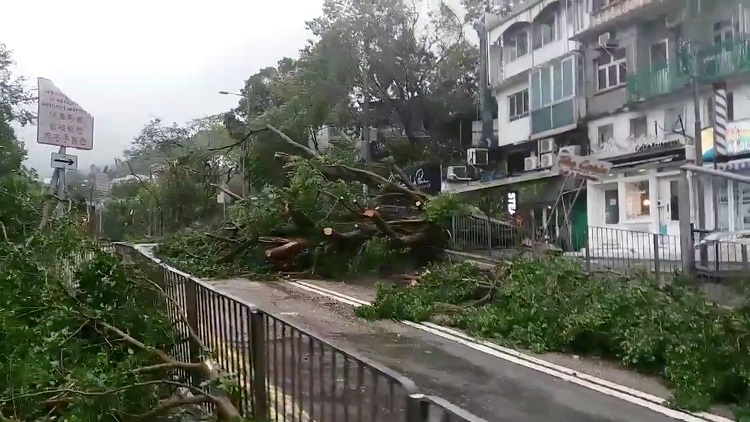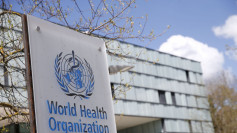Hong Kong is home to some heritage trees. Unfortunately, the city lost 11 of these trees in the aftermath of Typhoon Mangkhut.
According to the South China Morning Post, experts believe that while the monster storm played a huge role, it was partly to blame. It turns out that half of the affected trees were either sick or poorly managed before the arrival of Mangkhut, which was considered the metro's most intense one yet.
This led experts to question if the government was competent enough to set up adequate protection for the trees.
While more than 17,000 trees were reportedly by the devastating typhoon, the Development Bureau revealed that 11 of Hong Kong's heritage trees were on the "Old and Valuable Trees" list, a government register that features about 474 trees. The list was initially set up in 2004 and covered 527 trees at that time. Since then, most have either died or removed, though others were added over the years.
Apart from those on the register, two banyan trees at private landmarks - 1881 Heritage in Tsim Sha Tsui and Penfold Park in Sha Tin - were uprooted by typhoon Mangkhut. Works are still underway to save the former, while the latter is expected to be removed due to severe damage.
A bureau spokesman said the 11 listed trees would be cleared or removed for public safety.
They include the massive century-old Chinese banyan which, after the storm, blocked a lane of Wong Nai Chung Road near the Happy Valley racecourse. The weight of the tree and wind strength was so great that a steel girder was needed to be placed to prop up the giant specimen that had snapped.
The tree was about 21 meters tall and had a crown that measured 23.5 meters wide. Its trunk was 1.6 meters thick at the base and was estimated to be about 100 years old. Its sheer size meant proved that workers were indeed struggling to remove it days after the storm hit Hong Kong.
In a report from The Guardian, Mangkhut brushed passed the city, resulting in high winds smashing windows and tearing off parts of buildings and roofs. Its arrival also brought storm surges that flooded hotels and restaurants with waters waist-deep. More than 100 people were injured. The neighboring Chinese gambling enclave of Macau also closed all 42 of its casinos for the first time.






